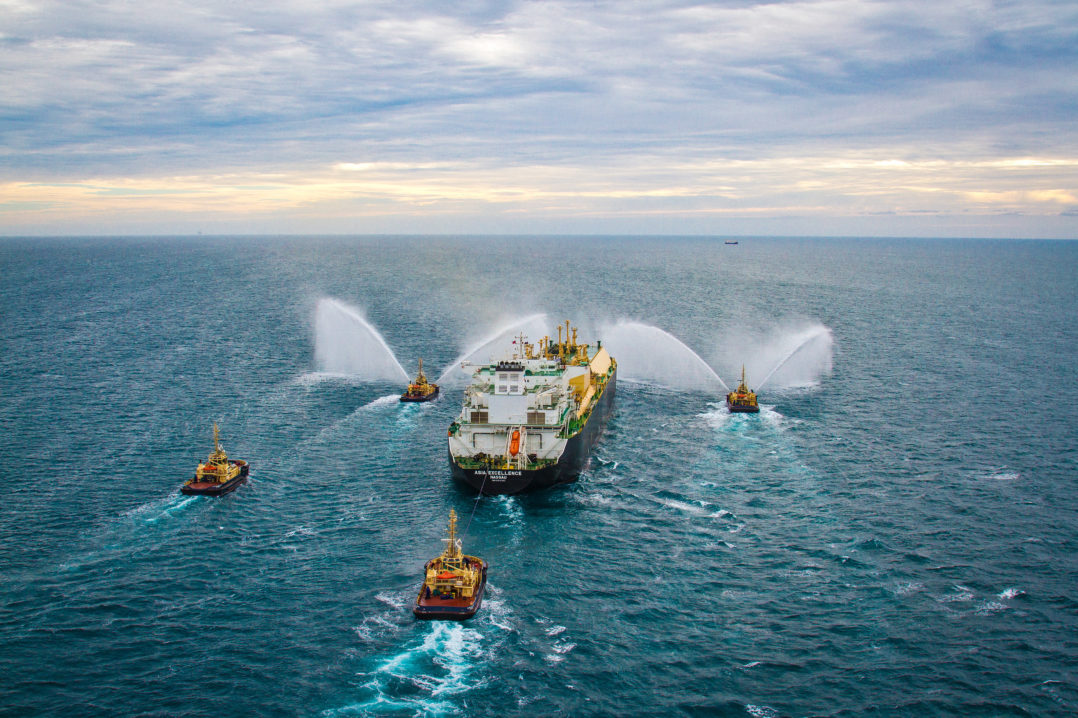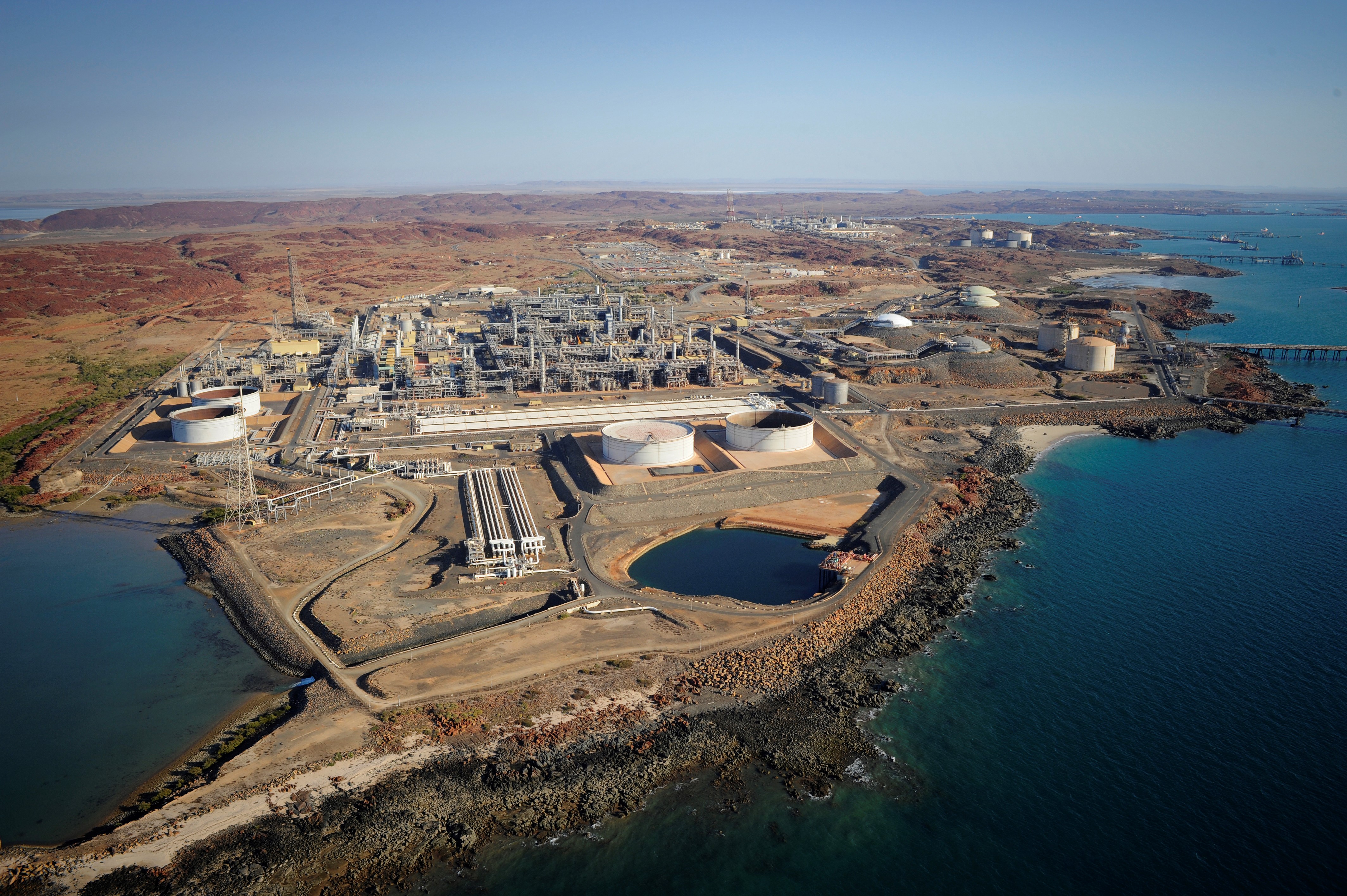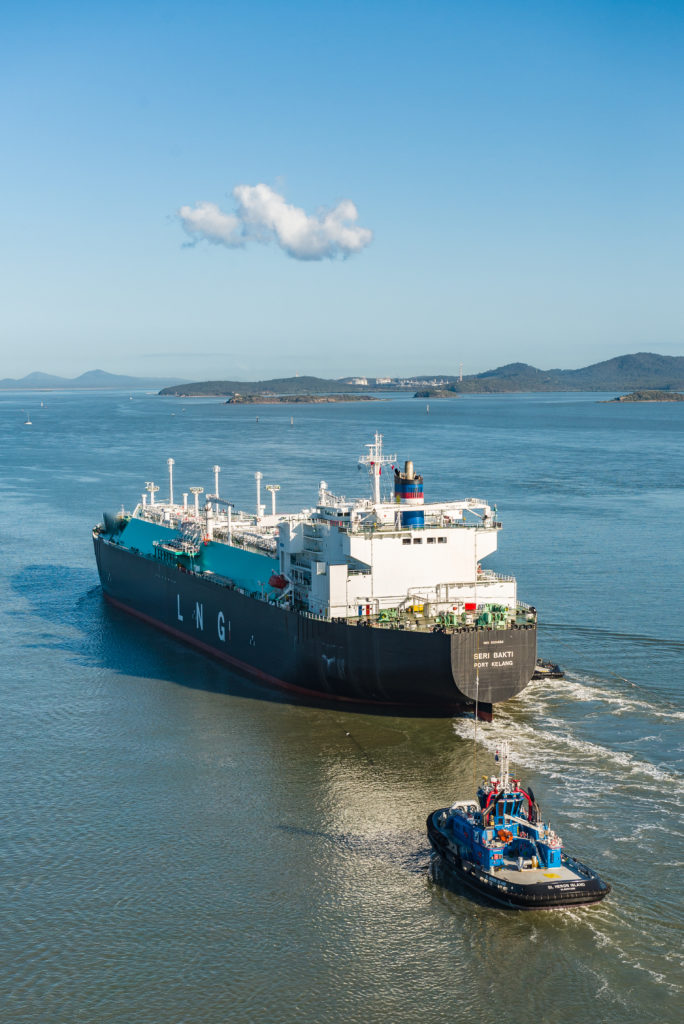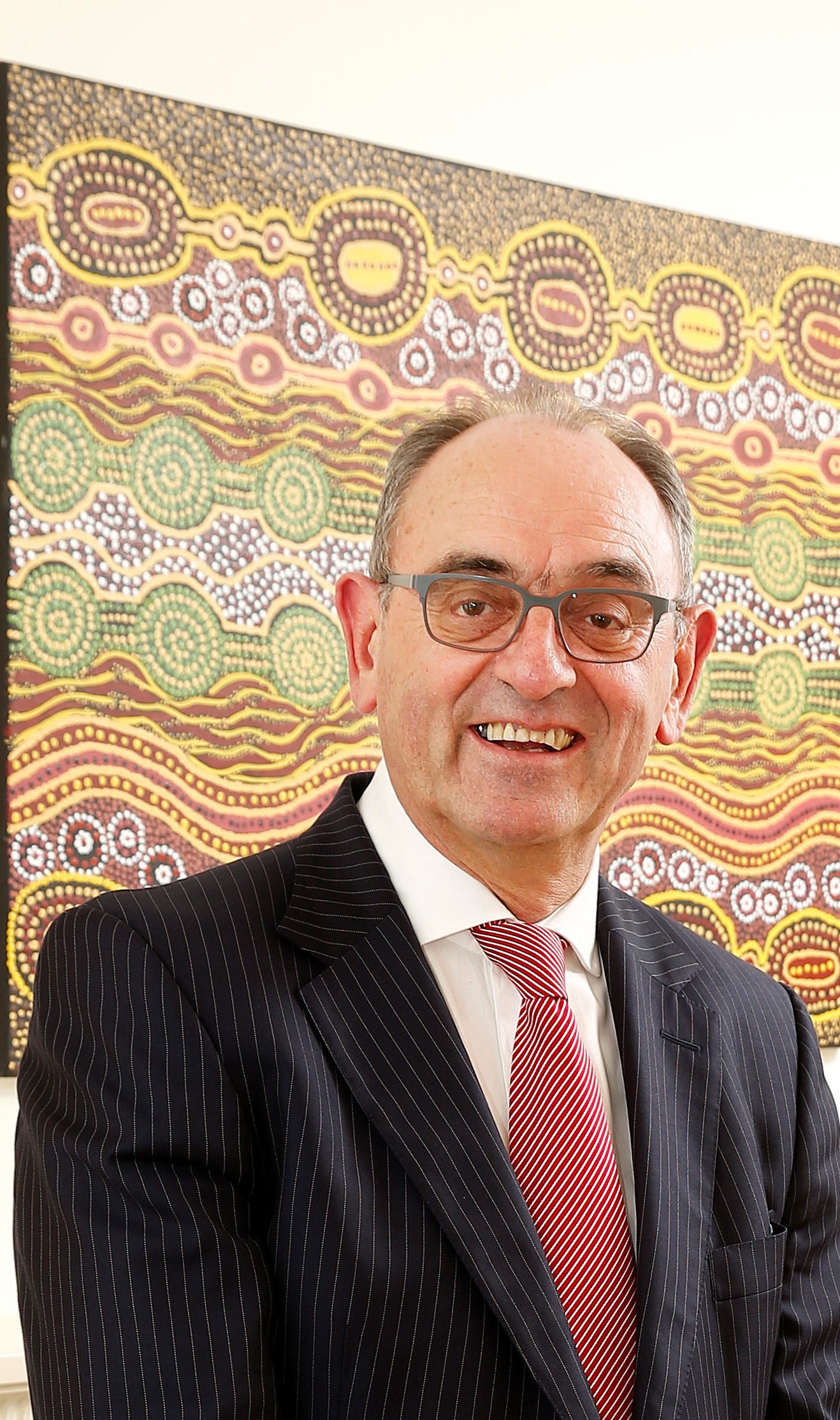EnergyQuest estimates that Australia exported a record 78.0 Mt of LNG in 2020, up from 77.5 Mt in 2019. This is a good result given the disruptions to Gorgon, the fact that Prelude hadn’t produced since early February, issues seen at Wheatstone with reduced production, and the COVID-19 destruction of LNG demand, particularly early in the year.
Australian production was above Qatar nameplate capacity of 77 Mtpa. (The precise level of Qatar LNG exports is uncertain because Qatar does not disclose its actual LNG export volumes.)
The Australian projects operated at 89% of operation nameplate capacity of 87.8 Mtpa.
Western Australian production was up by 5% on 2019 to 43.7 Mt, but Northern Territory again proved the standout with production up by 11% on 2019 to 11.7 Mt.
The east coast had record production of 22.6 Mt, although up only 1% overall from 22.4 Mt in 2019.
EnergyQuest said one of the reasons why it has been possible to maintain strong Gladstone exports is that use of gas for electricity has been falling, replaced by renewables. Use of gas for generation fell by 39 PJ in 2020 compared with 2019. Replacing east coast gas with renewables to free up gas to export to China to replace coal is a win-win both environmentally and economically. The three Gladstone projects operated at record levels for the last three months of 2020, with two months greater than 100% nameplate capacity.
Western Australia continued to dominate Australian LNG, supplying 56% of national exports, while Queensland produced 29% and the Northern Territory 15%. The North West Shelf project in Western Australia was the largest contributing project, followed by the two Chevron-operated projects, Gorgon and Wheatstone. Pluto had the highest percentage growth, up 16.5% on production volumes from 2019 to produce 5.3 Mt in 2020.
Japan once again was Australia’s top export destination with 30.3 Mt (38%) of Australian export volume, down slightly from 30.7 Mt (40%) in 2019. Notwithstanding political tensions, China imported 29.6 Mt (37%) of Australian export volume, up from 28.8 Mt (37%) in 2019. Korea continues to be Australia’s third most popular destination, importing 8.1 Mt in 2020, compared to 7.7 Mt in 2019.
In keeping with the unusual year of 2020, QCLNG exported Australia’s first cargo to Chile while Wheatstone exported a cargo to Mexico, indicating the disruption within the market during the height of the COVID-19 pandemic.
Mixed year for LNG producers
EnergyQuest estimates total 2020 LNG export revenue was A$36.1 billion, down from A$48.7 billion in 2019. Export income has been severely impacted by the lower oil prices seen through much of the year since April, together with low spot prices. This produced lower returns for all the Australian projects, as highlighted in reporting by Woodside, Santos and Origin Energy. Australia’s two largest LNG producers Chevron and Shell had additional problems, Gorgon trains being offline for repairs and Prelude hardly online at all. Gorgon also continues to have problems with its carbon capture and storage.
The problems with Gorgon and Prelude illustrate the risks of mega-engineering projects. Chevron and its partner Woodside have clearly pulled back on their plans for the Kitimat LNG project in Canada, with Chevron announcing over a year ago that it intended to exit the project. Shell saw
Prelude as the first of multiple FLNG projects and even signed construction contracts. Following Prelude write-downs and delays Shell has gone quiet on any further FLNG projects.
However, 2020 saw positive steps towards maintaining production by the North West Shelf (NWS) and Darwin LNG. At year-end agreement was reached for the NWS to take third-party gas from Pluto and Waitsia. In December Santos announced a gas supply agreement with Mitsubishi for LNG supply from the Barossa field via Darwin LNG. These two developments will help maintain production at these two important projects.




